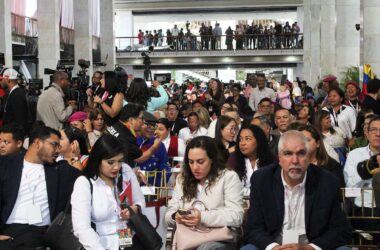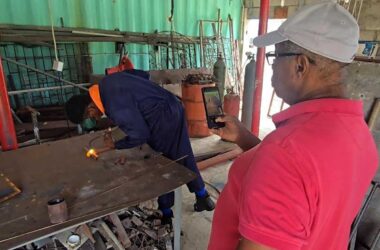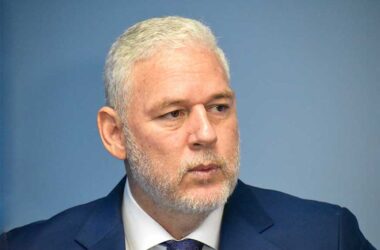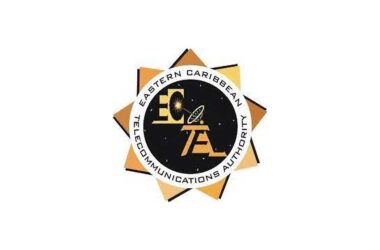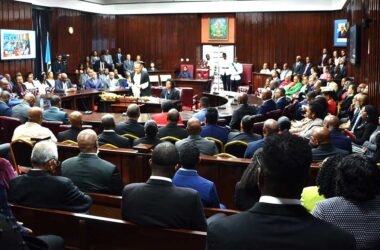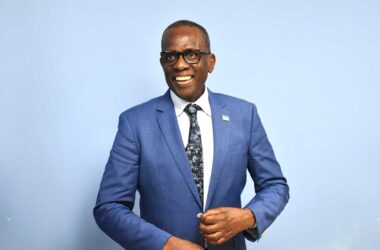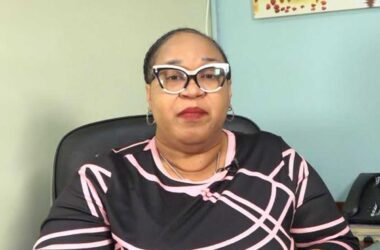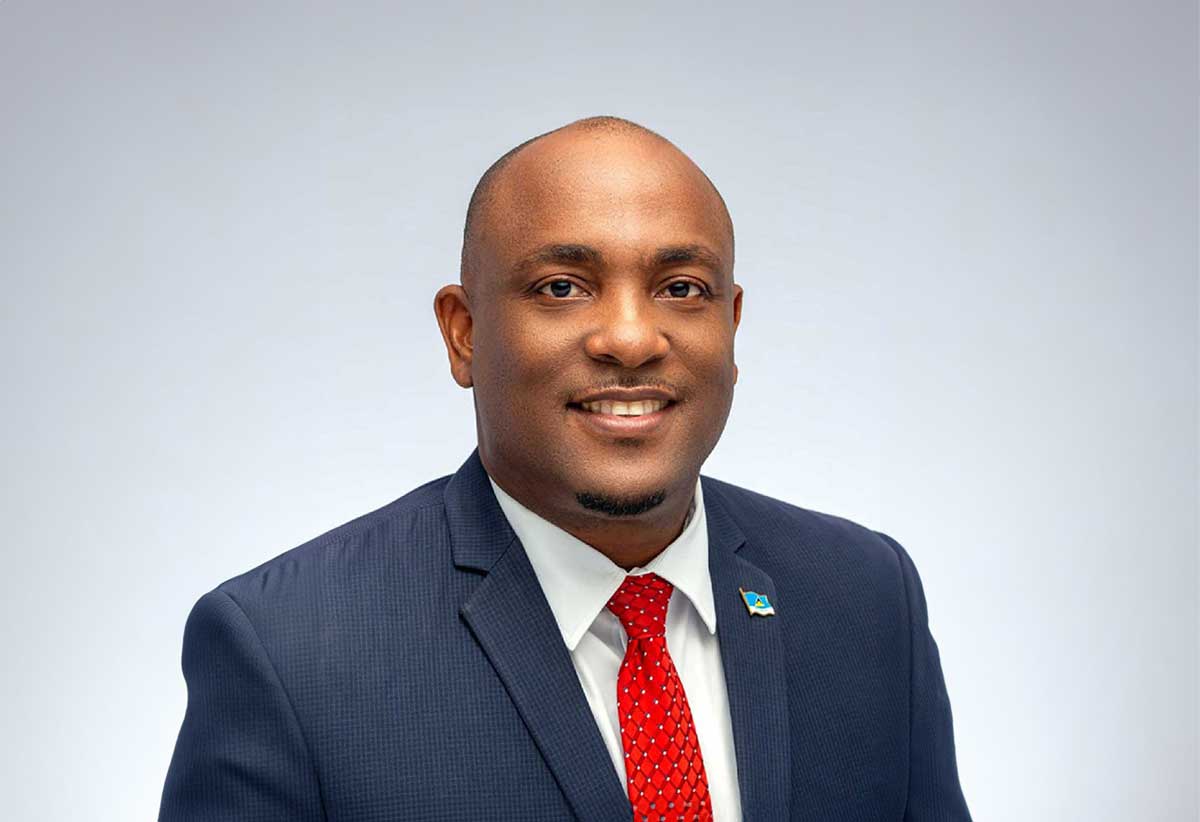
The government is dedicated to promoting the integration of technology within Saint Lucia’s educational framework via the execution of the Digital OECS Harmonized Primary Curriculum (D-OHPC).
A representative from the Ministry of Education has affirmed that the recently introduced digital platform represents a strategic subregional endeavor aimed at providing local educators with an extensive array of multimedia resources, which are poised to enhance teaching methodologies and classroom management practices considerably.
Minister of Education Shawn Edward underscored the imperative for educators to perpetually explore novel approaches to imparting knowledge and improving educational efficacy.
He emphasized that although the government is promoting the incorporation of advancing technology in educational settings, this does not diminish the significance of conventional teaching approaches in conjunction with contemporary digital resources.
Edward articulated that the Digital OECS Harmonized Primary Curriculum will enhance the accessibility, engagement, and efficacy of education, thereby fostering optimal outcomes for each student.
“This is not merely about technology, devices, or equipping schools with laptops,” asserted Minister Edward. “There is a far greater significance to technology integration than simply providing devices.”
He emphasized, “This initiative is about empowering teachers with a modern curricul that is structured and aligned with the skills our students need to succeed in the future.”
Evidence indicates that students achieve superior outcomes when technology is seamlessly incorporated into educational practices.
Rafer Gordon, Project Manager for the OECS Commission, articulated that the function of the digital curriculum guide is to furnish practical and supportive resources for educators, enabling them to tailor the curriculum in accordance with available resources, contextual factors, and the distinct requirements of their students.
“With these technologies, teachers can streamline and accelerate the development of lesson plans, and receive real-time feedback on assessments,” Gordon stated. “In just minutes, they can create quizzes and other assessment tools, enhancing the efficiency of the teaching and planning processes.”
Chief Education Officer Beverly Dieudonne commended the Ministry of Education and the OECS teams engaged in the development and implementation of the Digital Platform, with particular emphasis on the significant role played by Saint Lucian Preston Emmanuel as the principal architect.
“The expertise of the team ensured that this curriculum not only meets global standards but is also culturally relevant,” she remarked.
According to Dieudonne the D-OHPC enables educators to design lessons that offer differentiated instruction, ensuring that they meet the distinct needs of each learner.
In conjunction with the initiative’s implementation, a plaque was revealed at La Resource Combined School, alongside other pilot institutions participating in the D-OHPC initiative.
The team actively collaborated with educators at Ti Rocher Combined and Dame Pearlette Louisy Primary School to solicit insights regarding the utilization of the platform.
The D-OHPC is a comprehensive five-year initiative designed to fulfil the objectives of the OECS education sector strategy, focusing on enhancing accessibility and elevating student learning outcomes in basic education.


